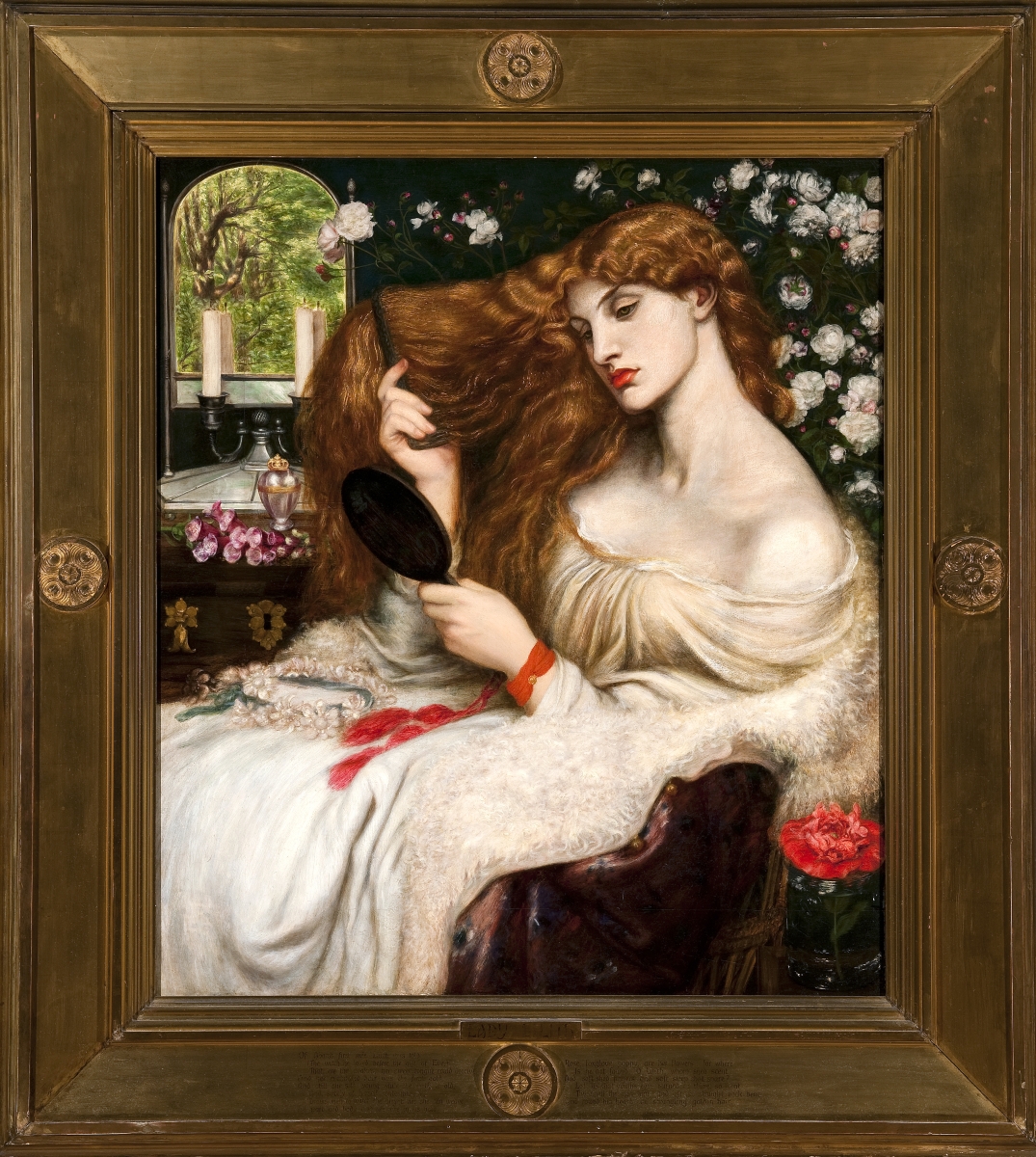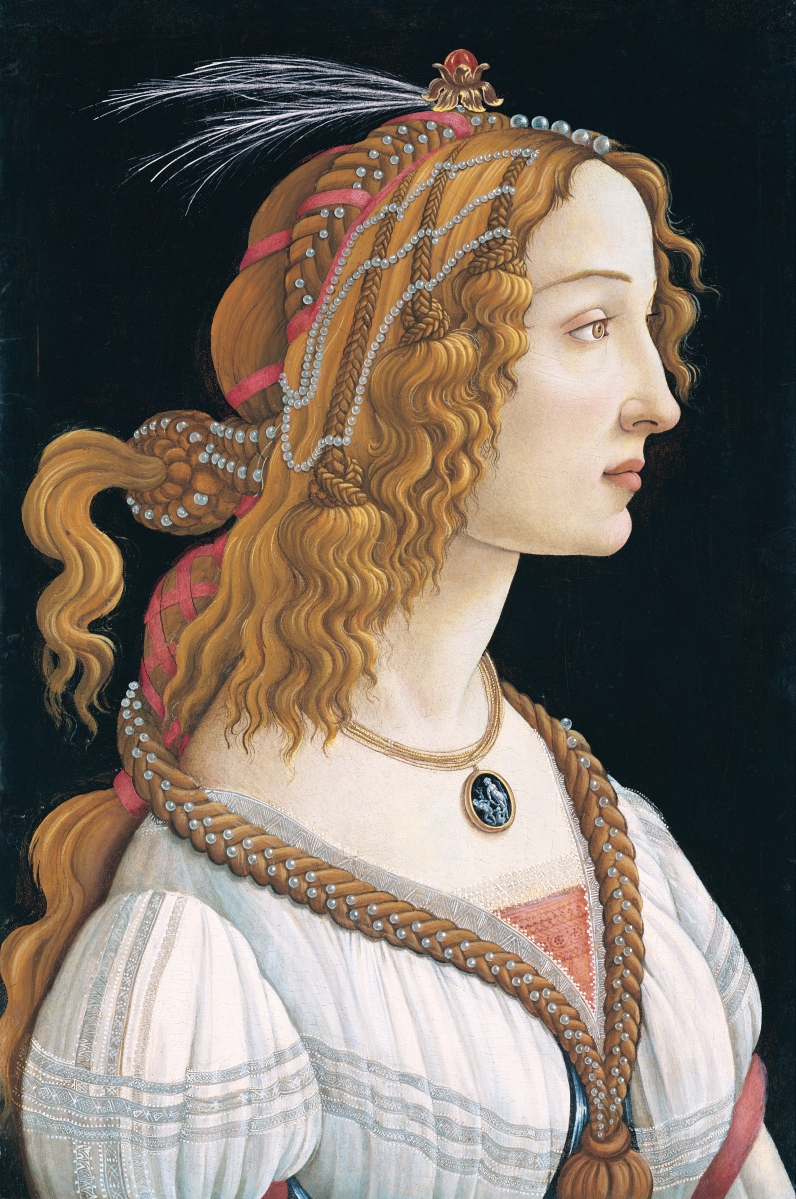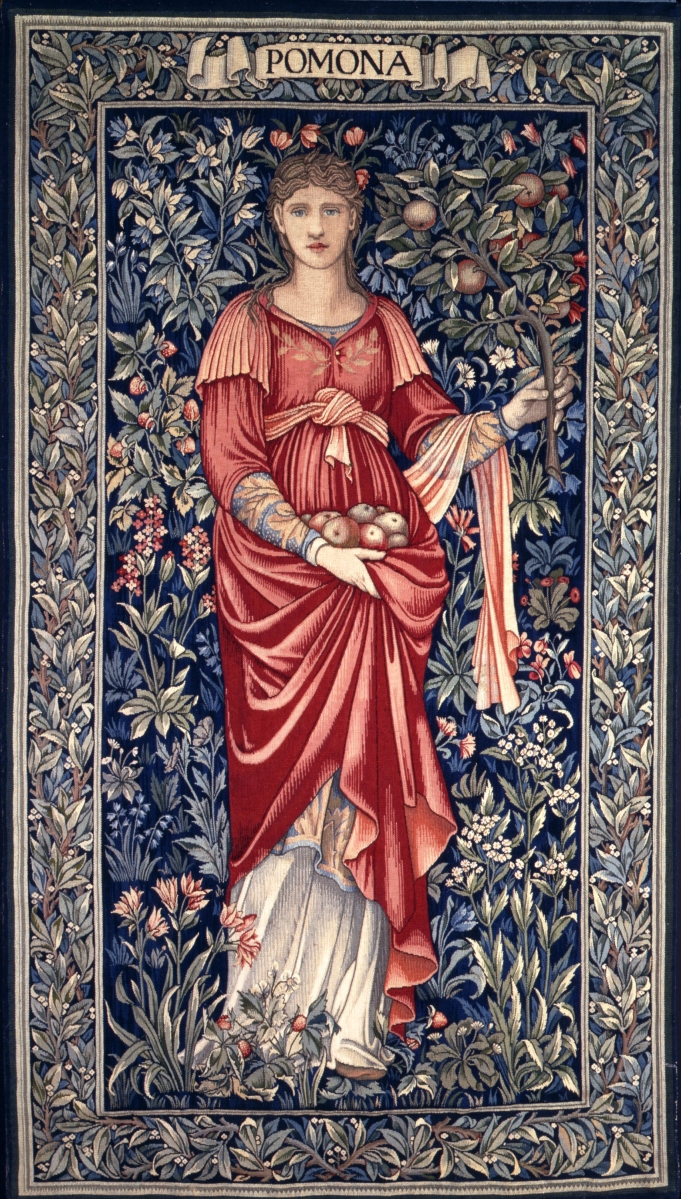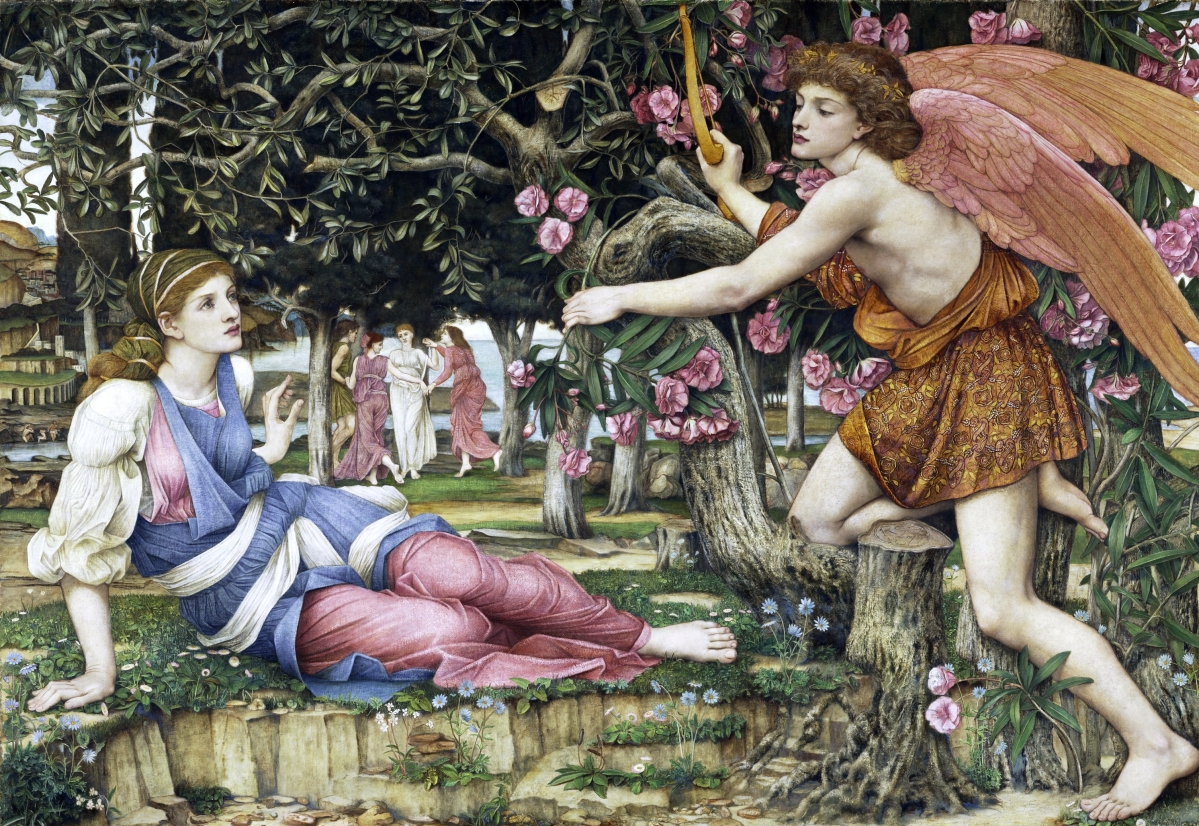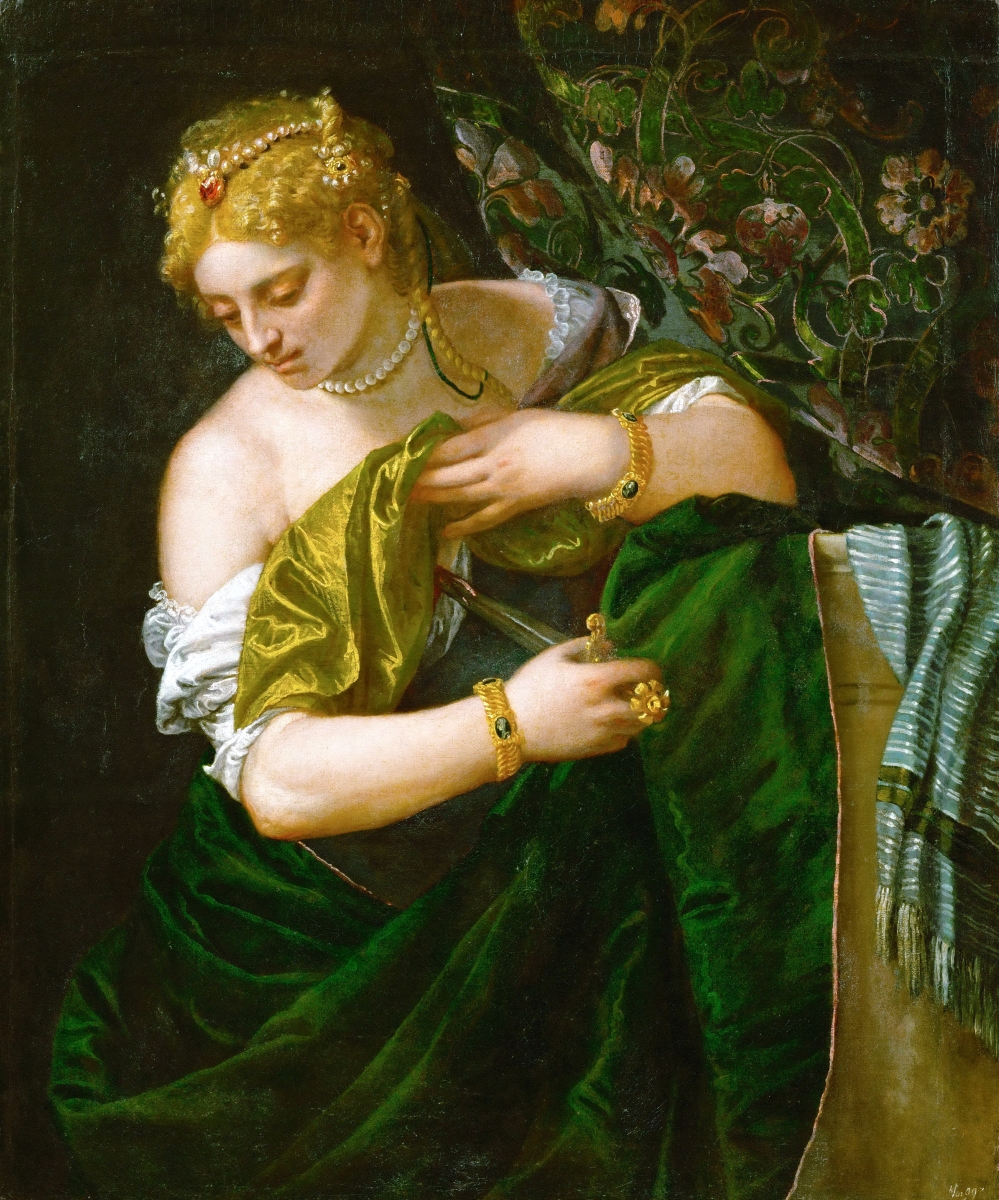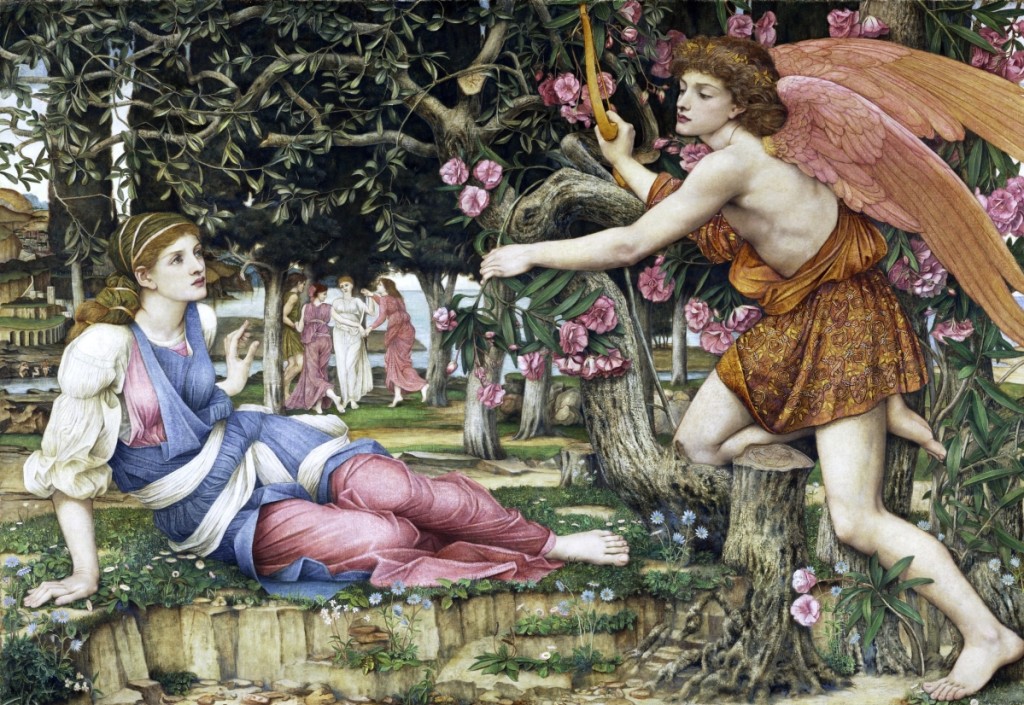
John Roddam Spencer Stanhope, “Love and the Maiden,” 1877, oil, old paint and gold leaf on canvas, 54 by 79 inches. Fine Arts Museums of San Francisco, Museum purchase, European Art Trust Fund, Grover A. Magnin Bequest Fund and Dorothy Spreckels Munn Bequest Fund.
SAN FRANCISCO – In 1848 – a year of political revolution across Europe – seven young Englishmen formed an artistic alliance aspiring to rebel against the contemporary Victorian art world. The Pre-Raphaelite Brotherhood (PRB), including William Holman Hunt, John Everett Millais, Dante Gabriel Rossetti and others, defied idealized figures popularized by Raphael and other High Renaissance artists to reflect the simplicity, spirituality and beauty they found in late medieval and early Renaissance art. “Truth and Beauty: The Pre-Raphaelites and the Old Masters” is the first major exhibition to juxtapose examples by Pre-Raphaelite Brotherhood artists with the works that inspired them, including Italian Old Masters Fra Angelico and Pietro Perugino and their Northern contemporaries Jan van Eyck and Hans Memling.
Organized by the Fine Arts Museums of San Francisco and on view through September 30 at The Legion of Honor, “Truth and Beauty” traces the PRB through the Nineteenth Century “rediscovery” of Sandro Botticelli (1444/45-1510) by the English art critics John Ruskin (1819-1900) and Walter Pater (1839-1894). The visual affinities between these works create juxtapositions that demonstrate the influence of High Renaissance painter Raphael (1483-1520) and artists of the late Renaissance, such as Titian (circa 1488-1576) and Paolo Veronese (1528-1588), on the Pre-Raphaelites and select contemporaries.
Their attraction to the art of the past was not limited to paintings, however, and the presentation also features stained glass and tapestries in emulation of Flemish and French textiles. The varied sources that informed the Pre-Raphaelite’s aesthetic vocabulary demonstrate the importance of the work that inspired them and redefined its style. These arrangements highlight the nuanced paradoxes of the Pre-Raphaelite mission, namely their efforts to be fundamentally modern by emulating the past, as well as their dichotomous criticism and veneration of Raphael and his artistic impact.
The jewel-toned color palette of the Pre-Raphaelites emulated that of early Netherlandish artists, including Jan van Eyck (circa 1390-1441) and Hans Memling (1430/40-1494), whose panels Rossetti and Holman Hunt admired in Bruges on an 1849 “Pre-Raphaelite pilgrimage.” As students training at the Royal Academy, they also could study works from the national collection, which was housed in the same building. There they would have known a rare example from the early Flemish school on public view in London at the time, Van Eyck’s “Arnolfini Portrait” (1434) at National Gallery.
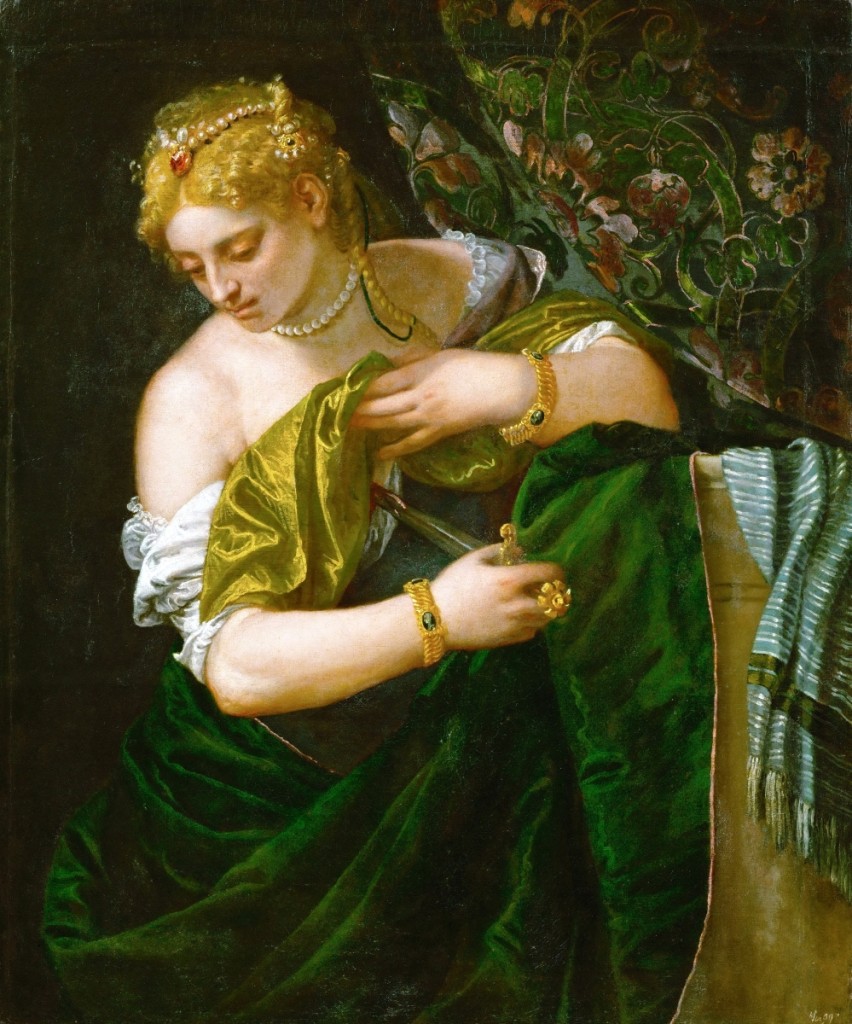
Veronese, “Lucretia,” circa 1580–83, oil on canvas, 42-7/8 by 35-5/8 inches. Gemälderie of the Kunsthistorisches Museum, Vienna.
Pre-Raphaelite artists, including Holman Hunt, Millais and Edward Burne-Jones (1833-1898), all traveled to Italy. Burne-Jones, known as the “English Quattrocentist,” made four visits and filled his sketchbooks with depictions of the works that impressed him, especially in Florence’s Uffizi Gallery. During his second trip, he traveled with Ruskin, who, along with Pater, is credited with the “rediscovery” of Botticelli in the Nineteenth Century. On his third visit, Burne-Jones spent time with the English artist John Roddam Spencer Stanhope (1829-1908), who owned a villa in the hills outside of Florence. Stanhope’s own works – including his masterpiece, “Love and the Maiden” (1877) – reflect access to Botticelli’s paintings in the Uffizi Gallery.
Although the Pre-Raphaelites’ initial style ostensibly rejected the idealized aesthetics of Raphael, his followers and the Baroque artists, these parameters fluctuated over the course of each artist’s career. Paradoxically, the Pre-Raphaelites’ “Immortals” list also included Raphael himself, along with select “Post-Raphaelites” such as Veronese and Tintoretto (1560-1635). Examples from Rossetti’s mature period are perhaps the most evocative examples of this development, and in paintings such as “Monna Vanna,” 1866, and “Veronica Veronese,” 1872, the artist overtly emulated Raphael and Veronese, respectively. Given Rossetti’s early proclamations of disdain for the “Post-Raphaelite” aesthetic, these sumptuous paintings reveal a surprising shift in his appreciation for the Italian Renaissance, particularly Sixteenth-Century Venetian paintings.
First- and second-generation Pre-Raphaelites collected works by the Old Masters and filled their homes with harmonious decorative arts. They lived among these objects and also designed “medievalized” merchandise, including lush tapestries with figures and flora that quote from Flemish and French precedents. The final section of the exhibition suggests compelling connections between Sixteenth-Century and Nineteenth-Century textiles, punctuated by complementary stained glass and decorations, together creating a rich multimedia experience in Rosekrans Court.
“The Pre-Raphaelites were not the first group of artists to enter into a visual conversation with their predecessors, and they will not be the last. The longing for a simpler and more authentic or sincere past seems to be endemic of modern and rapidly industrializing cultures,” Melissa Buron, director of the art division at the Fine Arts Museums and the exhibition curator, said.
Fine Arts Museums of San Francisco include the de Young and Legion of Honor. The Legion of Honor is in Lincoln Park at 100 34th Avenue. For additional information, 415-750-3600 or www.legionofhonor.famsf.org.

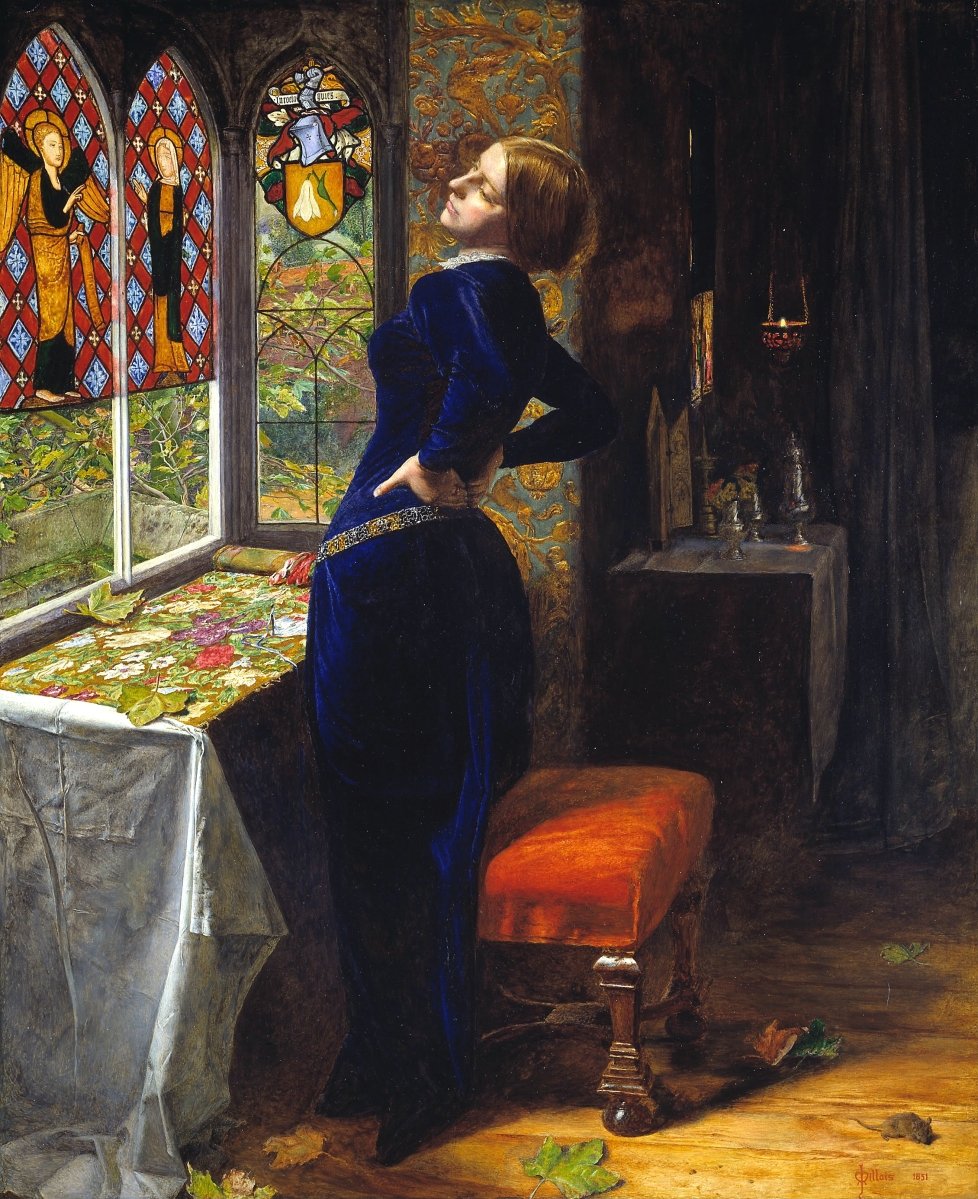
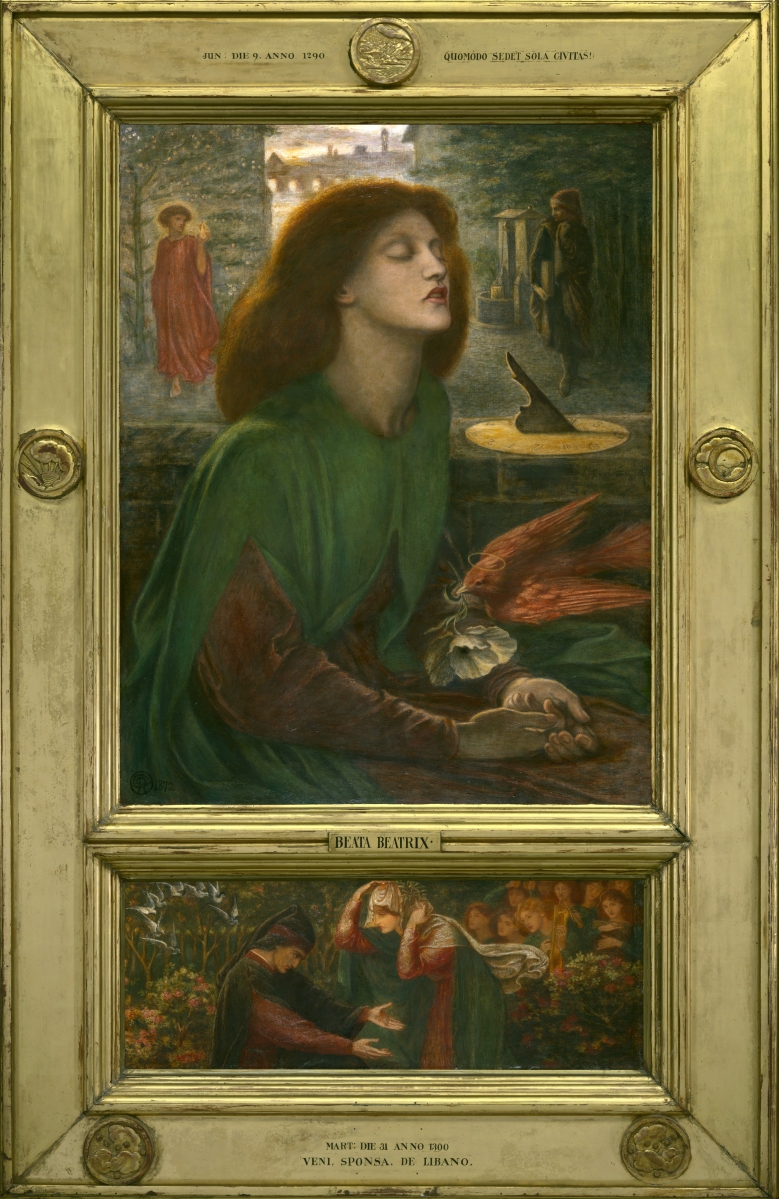
_ca._1340.jpg)
